Home>Home Appliances>Lighting Appliances>How Many Watts For A Ceiling Light
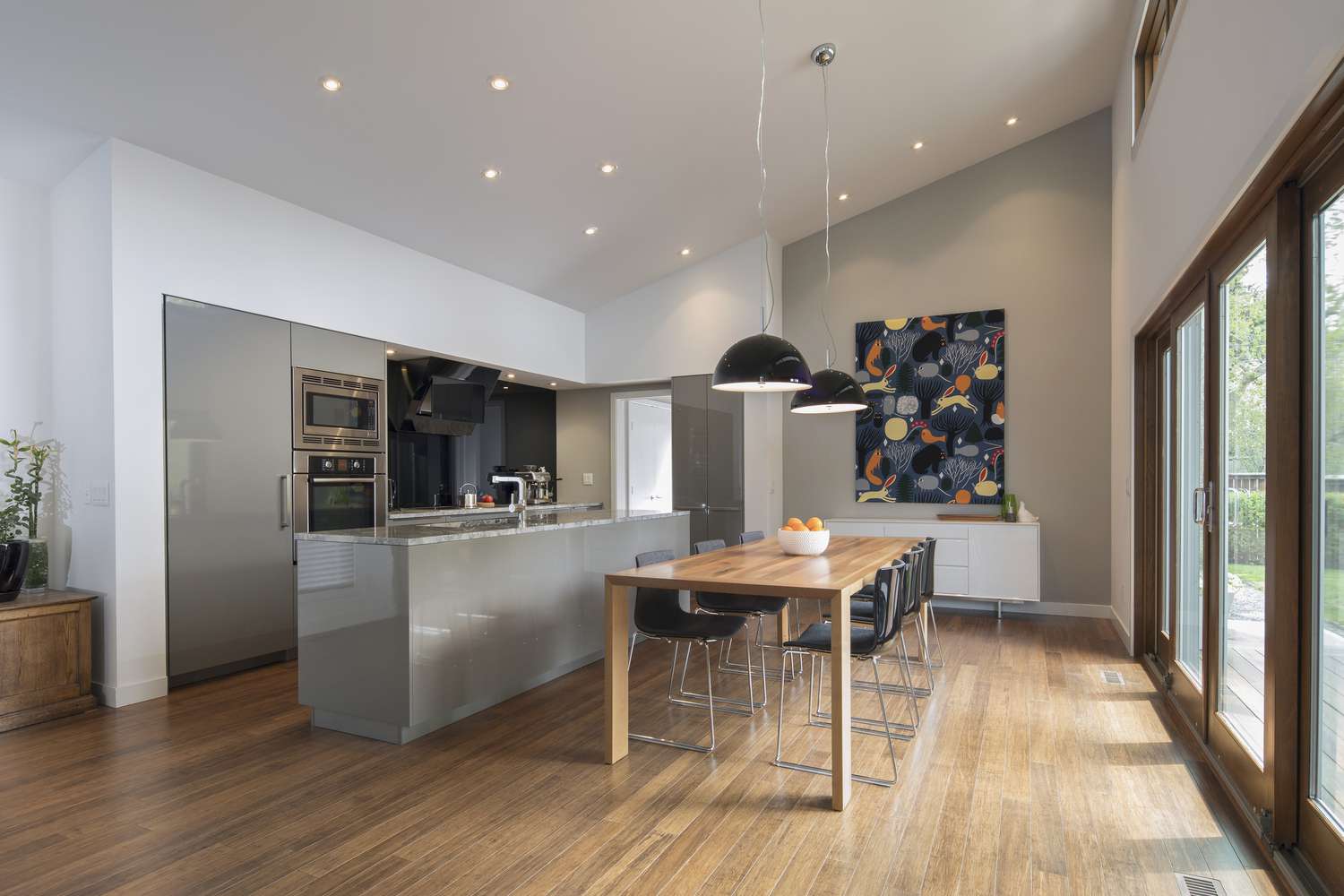

Lighting Appliances
How Many Watts For A Ceiling Light
Modified: February 18, 2024
Discover the ideal wattage for your ceiling light with our comprehensive guide. Find the perfect lighting appliances for your space. Explore now!
(Many of the links in this article redirect to a specific reviewed product. Your purchase of these products through affiliate links helps to generate commission for Storables.com, at no extra cost. Learn more)
Introduction
Ceiling lights are essential fixtures in any home or commercial space, providing illumination and enhancing the overall ambiance. When it comes to selecting the right ceiling light, one crucial factor to consider is the wattage. The wattage of a ceiling light determines its brightness and energy consumption, making it a critical aspect of lighting design.
Understanding the appropriate wattage for a ceiling light is vital for creating a well-lit and comfortable environment. Whether you are renovating your living room, upgrading your office space, or designing a new commercial establishment, choosing the right wattage for your ceiling lights is essential for achieving the desired lighting effect.
In this comprehensive guide, we will delve into the intricacies of determining the ideal wattage for your ceiling lights. By exploring the factors that influence wattage selection and understanding the purpose of ceiling lights, you will gain valuable insights into making informed decisions when it comes to lighting your space. Let's embark on this illuminating journey to unravel the mysteries of ceiling light wattage and discover how it can transform your living or working environment.
Key Takeaways:
- Choose the right wattage for your ceiling light by considering room size, intended use, and ceiling height. It impacts brightness and ambiance, creating a well-lit and cozy environment for different activities.
- Factors like room size, intended use, and desired ambiance influence the wattage for your ceiling light. Consider these to create a well-lit, comfortable, and visually appealing space.
Read more: How Many Watts In A Light Bulb
Understanding the Purpose of the Ceiling Light
Ceiling lights serve a fundamental purpose in illuminating indoor spaces, providing essential visibility and creating a welcoming atmosphere. These fixtures are designed to deliver ambient lighting, which ensures that the entire room is adequately illuminated. Whether it's a residential setting, a commercial establishment, or a public space, the ceiling light plays a pivotal role in shaping the overall lighting scheme.
In residential applications, ceiling lights are often the primary source of illumination in rooms such as living areas, bedrooms, kitchens, and hallways. They contribute to the general brightness of the space, allowing for various activities to be carried out with ease. From reading and cooking to socializing and relaxation, the ceiling light sets the stage for a multitude of daily tasks and leisurely pursuits.
In commercial and public settings, the purpose of ceiling lights extends beyond basic illumination. These fixtures are strategically positioned to provide uniform lighting that supports productivity, safety, and visual comfort. In offices, conference rooms, and retail spaces, ceiling lights contribute to a well-lit environment that fosters concentration, enhances product visibility, and promotes a sense of professionalism.
Furthermore, in areas such as lobbies, corridors, and public facilities, ceiling lights play a crucial role in ensuring adequate visibility for occupants and visitors. By illuminating these spaces effectively, ceiling lights contribute to a sense of security and facilitate smooth navigation within the built environment.
Beyond their functional role, ceiling lights also contribute to the aesthetic appeal of a space. The design and style of these fixtures can significantly impact the overall decor and ambiance. Whether it's a sleek and modern LED panel light, a classic chandelier, or a minimalist recessed fixture, the choice of ceiling light can complement the interior design theme and create a visually appealing environment.
Understanding the purpose of the ceiling light is essential for making informed decisions when it comes to selecting the right wattage. By recognizing the multifaceted role of these fixtures in providing illumination, supporting activities, ensuring safety, and enhancing aesthetics, individuals and designers can approach the task of choosing the appropriate wattage with a comprehensive understanding of the impact it will have on the overall lighting experience.
Determining the Right Wattage for Your Ceiling Light
Selecting the appropriate wattage for your ceiling light is a crucial step in achieving the desired illumination for your space. The wattage of a light bulb directly influences its brightness, and determining the right wattage involves considering various factors to ensure optimal lighting performance.
When determining the wattage for your ceiling light, it's essential to assess the size of the room or area that requires illumination. Larger spaces typically require higher wattage to ensure adequate brightness, while smaller rooms may be well-served by lower wattage options. By evaluating the square footage and layout of the space, you can make an informed decision regarding the wattage needed to achieve the desired lighting levels.
Additionally, the intended use of the space plays a significant role in wattage selection. For areas where detailed tasks are performed, such as kitchens, home offices, or workstations, higher wattage may be necessary to provide ample light for activities such as cooking, reading, or working on projects. Conversely, spaces designated for relaxation, such as bedrooms or living rooms, may benefit from softer, lower-wattage lighting to create a cozy and inviting ambiance.
Considering the height of the ceiling is also crucial when determining the right wattage for your ceiling light. Taller ceilings may require higher wattage to ensure that the light adequately reaches the entire space without appearing dim or dispersed. In contrast, rooms with lower ceilings may achieve sufficient brightness with lower-wattage bulbs, as the light is distributed over a smaller area.
Furthermore, the type of lighting fixture being used influences wattage selection. Different types of ceiling lights, such as recessed fixtures, pendant lights, or chandeliers, may have specific wattage recommendations based on their design and intended function. It's important to refer to the manufacturer's guidelines and specifications to ensure that the chosen wattage is compatible with the fixture and will deliver the intended lighting effect.
In addition to these considerations, it's essential to factor in the desired ambiance and mood of the space. Bright, high-wattage lighting may be suitable for areas where productivity and visibility are paramount, while softer, lower-wattage options can contribute to a more relaxed and intimate atmosphere.
By carefully evaluating the size of the space, its intended use, ceiling height, fixture type, and desired ambiance, you can determine the right wattage for your ceiling light, ensuring that it meets the specific lighting needs of your environment.
When choosing a ceiling light, consider the size of the room. As a general guide, a small room may need around 60 watts, a medium room around 100 watts, and a large room around 150 watts. Always check the manufacturer’s recommendations for the specific light fixture.
Factors to Consider When Choosing the Wattage
When it comes to choosing the wattage for your ceiling light, several crucial factors come into play, each influencing the overall lighting experience in your space. By carefully considering these factors, you can make informed decisions that align with your specific lighting needs and preferences.
-
Room Size and Layout: The size and layout of the room directly impact the wattage needed for adequate illumination. Larger spaces require higher wattage to ensure uniform brightness throughout the area, while smaller rooms may be sufficiently lit with lower-wattage options. Assessing the square footage and considering the room's layout can guide you in determining the appropriate wattage for your ceiling light.
-
Intended Use of the Space: Understanding the primary activities that take place in the space is essential for wattage selection. Areas designated for tasks requiring detailed visibility, such as kitchens, home offices, or workstations, may benefit from higher wattage to support productivity and precision. Conversely, spaces intended for relaxation and leisure, such as bedrooms or living rooms, may call for softer, lower-wattage lighting to create a cozy and inviting ambiance.
-
Ceiling Height: The height of the ceiling is a critical factor in determining the right wattage for your ceiling light. Taller ceilings may necessitate higher wattage to ensure that the light adequately reaches the entire space without appearing dim or dispersed. On the other hand, rooms with lower ceilings may achieve sufficient brightness with lower-wattage bulbs, as the light is distributed over a smaller area.
-
Type of Lighting Fixture: Different types of ceiling lights, such as recessed fixtures, pendant lights, or chandeliers, may have specific wattage recommendations based on their design and intended function. It's important to refer to the manufacturer's guidelines and specifications to ensure that the chosen wattage is compatible with the fixture and will deliver the intended lighting effect.
-
Desired Ambiance and Mood: The ambiance and mood you wish to create in the space play a significant role in wattage selection. Bright, high-wattage lighting may be suitable for areas where productivity and visibility are paramount, while softer, lower-wattage options can contribute to a more relaxed and intimate atmosphere.
By taking these factors into account, you can effectively choose the right wattage for your ceiling light, ensuring that it aligns with the specific requirements of your space and contributes to a well-lit, comfortable, and visually appealing environment.
Conclusion
In conclusion, the process of determining the appropriate wattage for a ceiling light is a multifaceted endeavor that requires careful consideration of various factors. By understanding the purpose of ceiling lights and their pivotal role in providing illumination, supporting activities, and enhancing aesthetics, individuals and designers can approach the task of wattage selection with a comprehensive perspective.
When embarking on the journey of choosing the right wattage for a ceiling light, it is essential to take into account the size and layout of the room, the intended use of the space, ceiling height, the type of lighting fixture, and the desired ambiance. These factors collectively influence the overall lighting experience and play a crucial role in creating a well-lit and comfortable environment.
By carefully evaluating the size of the space, its intended use, and the specific requirements of the activities carried out within it, individuals can make informed decisions regarding the wattage needed to achieve the desired lighting levels. Whether it's a spacious commercial area, a cozy residential room, or a public facility, the appropriate wattage ensures that the ceiling light effectively fulfills its role in providing essential visibility and creating a welcoming atmosphere.
Furthermore, considering the ceiling height and the type of lighting fixture being used is vital in determining the right wattage. Taller ceilings may require higher wattage to ensure that the light adequately reaches the entire space, while different types of ceiling lights may have specific wattage recommendations based on their design and intended function. By adhering to manufacturer guidelines and specifications, individuals can ensure that the chosen wattage is compatible with the fixture and delivers the intended lighting effect.
Ultimately, the desired ambiance and mood of the space play a significant role in wattage selection. Whether aiming for a bright, productive environment or a softer, more relaxed atmosphere, the chosen wattage contributes to the overall lighting scheme and influences the visual and emotional impact of the space.
In essence, the process of determining the right wattage for a ceiling light is a blend of practical considerations and aesthetic preferences, all aimed at creating a well-lit, comfortable, and visually appealing environment. By carefully weighing these factors and making informed decisions, individuals and designers can harness the power of lighting to transform their living or working spaces into illuminated havens of productivity, relaxation, and visual delight.
Frequently Asked Questions about How Many Watts For A Ceiling Light
Was this page helpful?
At Storables.com, we guarantee accurate and reliable information. Our content, validated by Expert Board Contributors, is crafted following stringent Editorial Policies. We're committed to providing you with well-researched, expert-backed insights for all your informational needs.
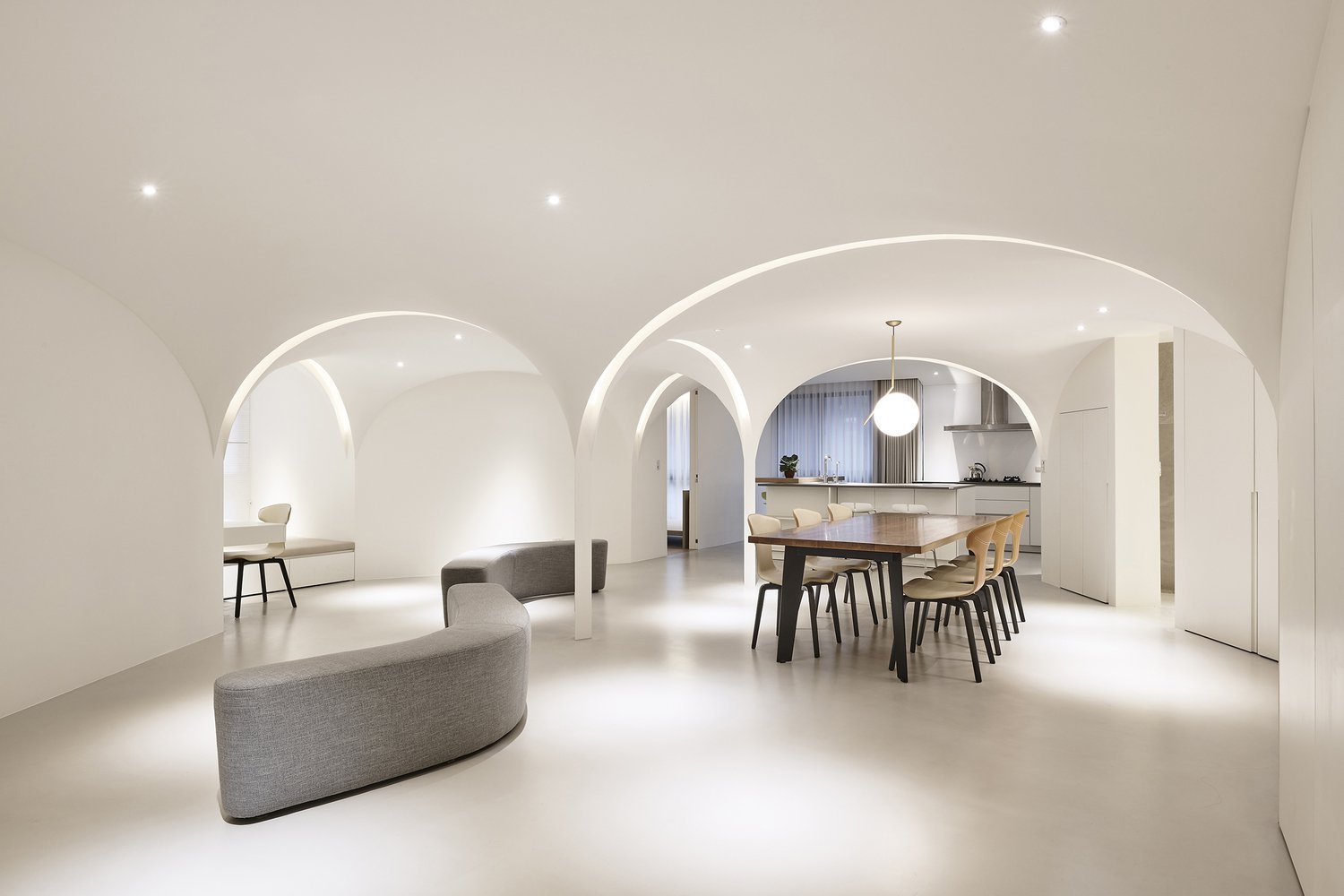
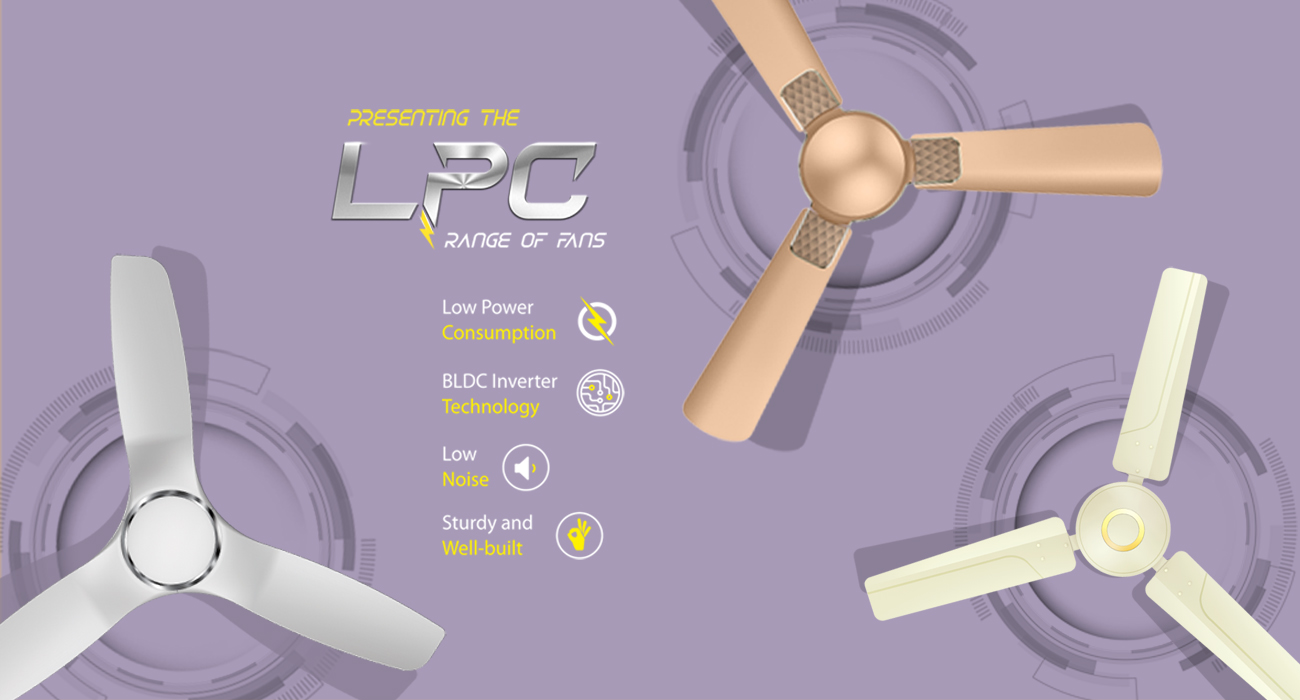
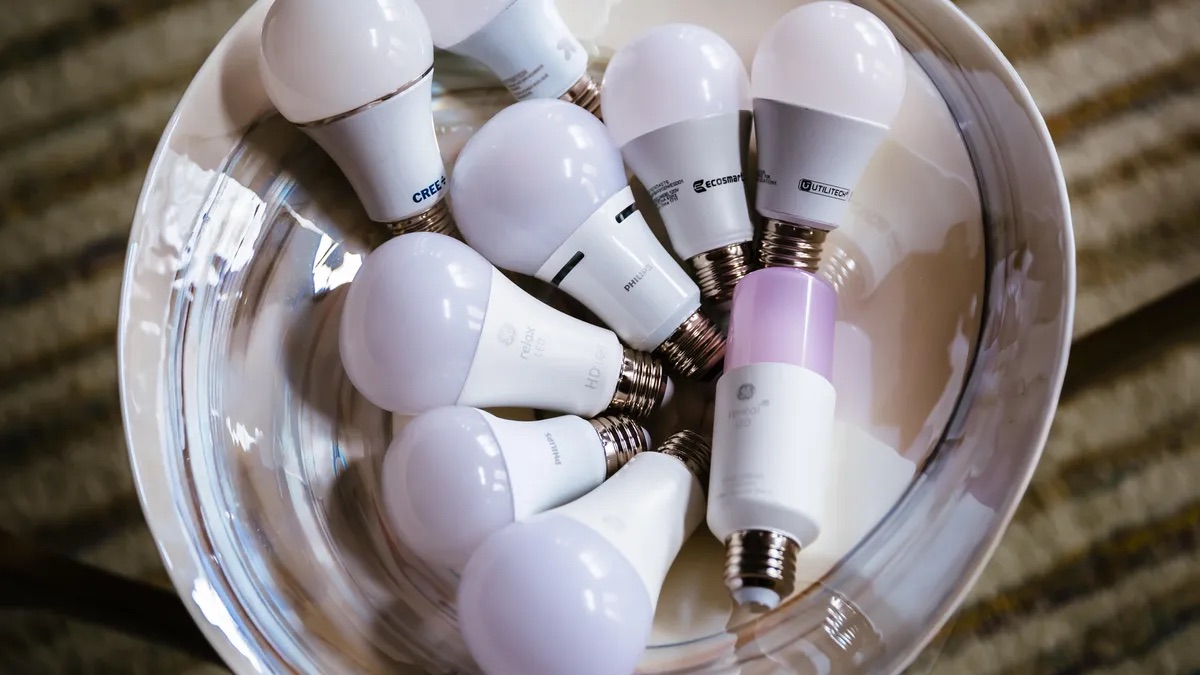
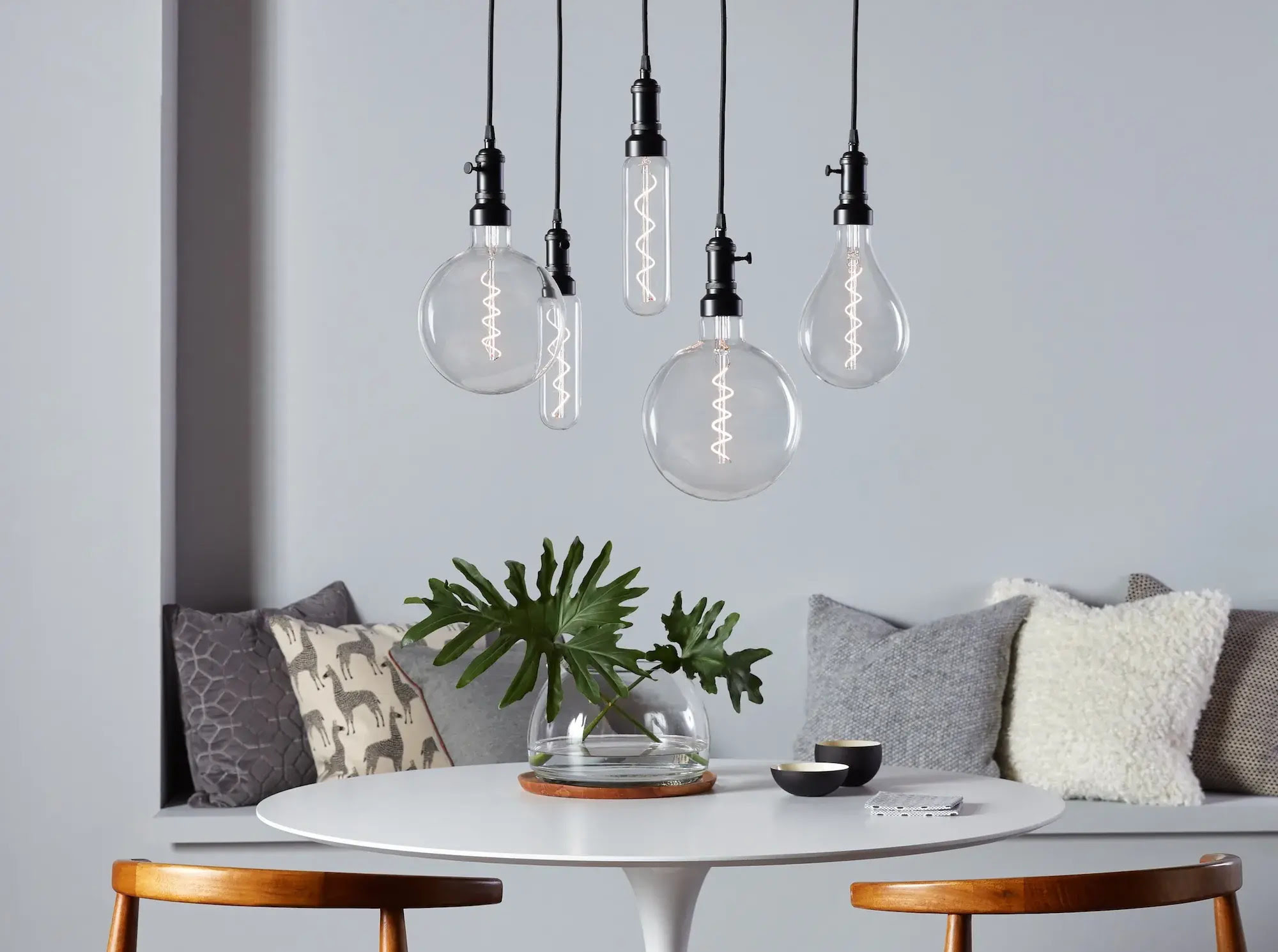
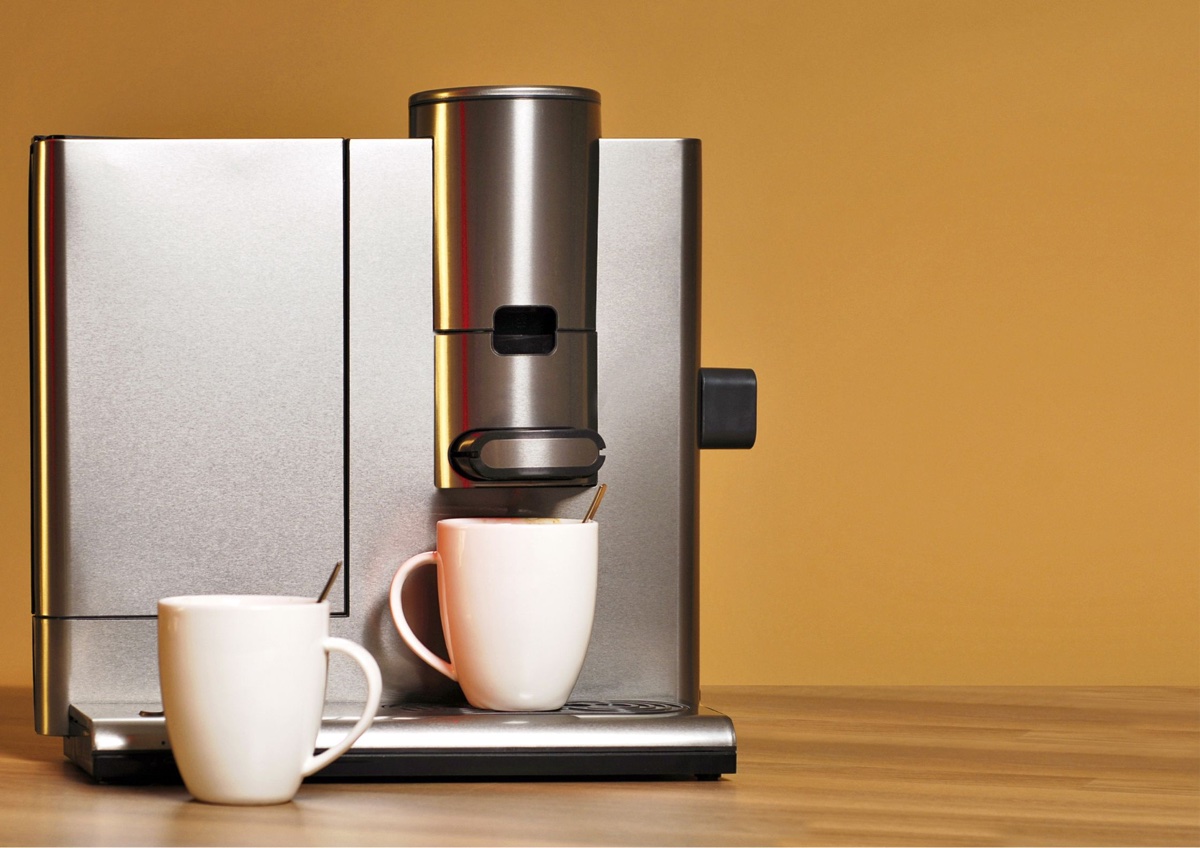

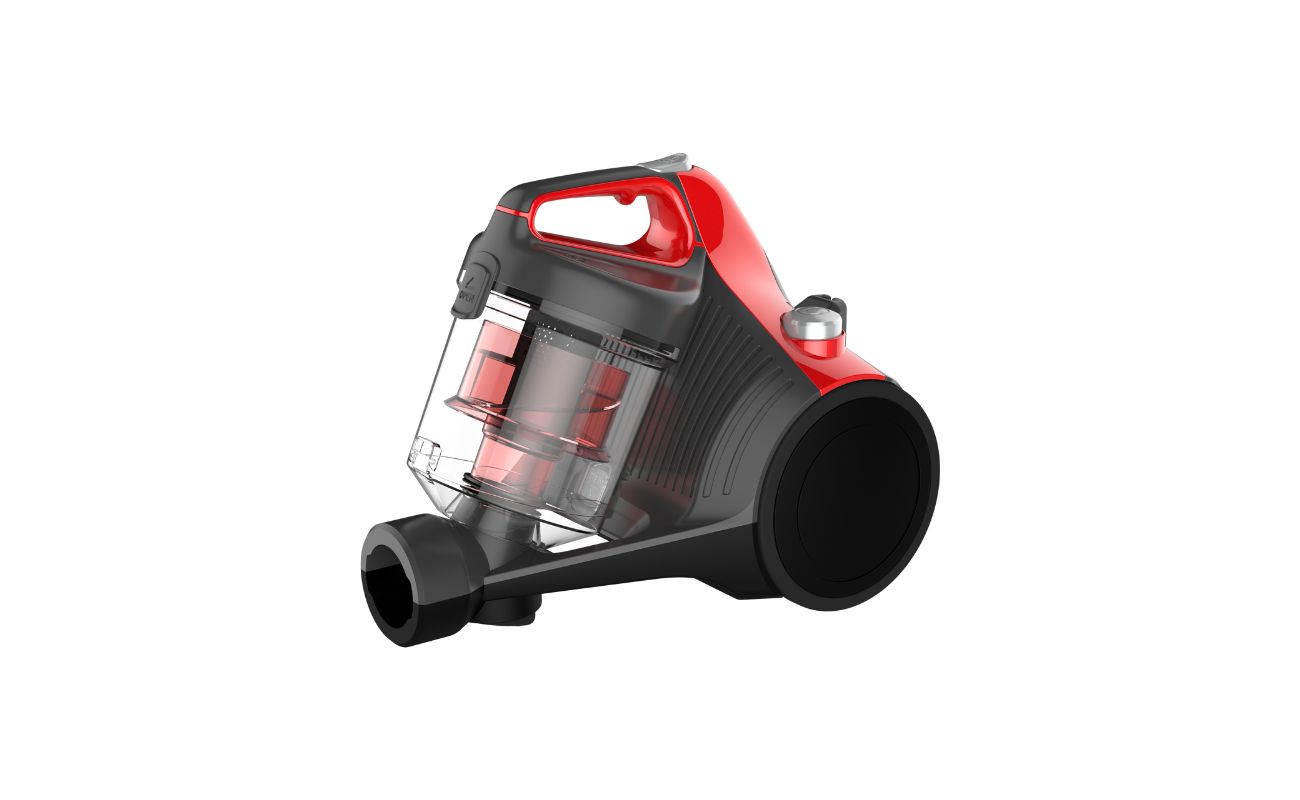
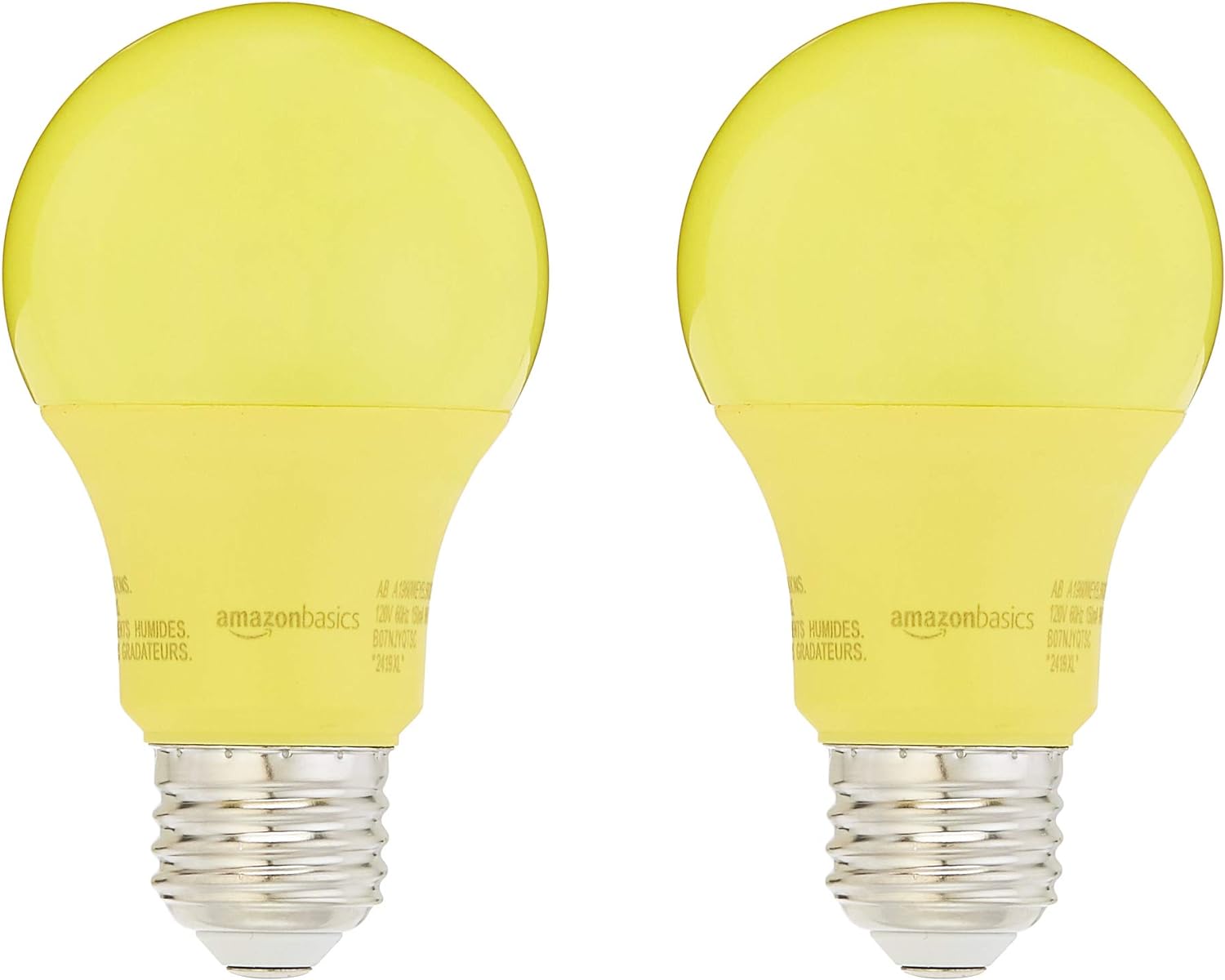
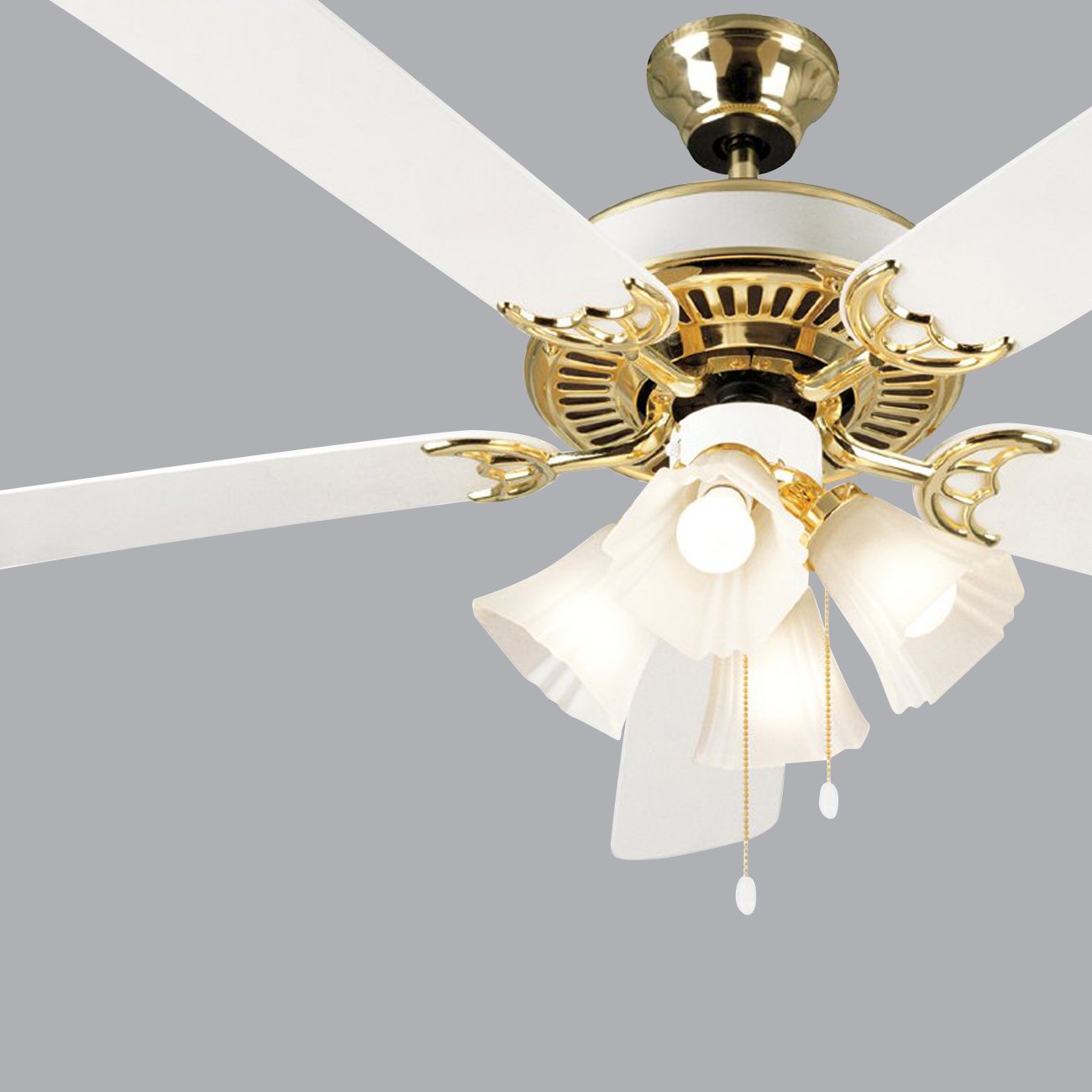
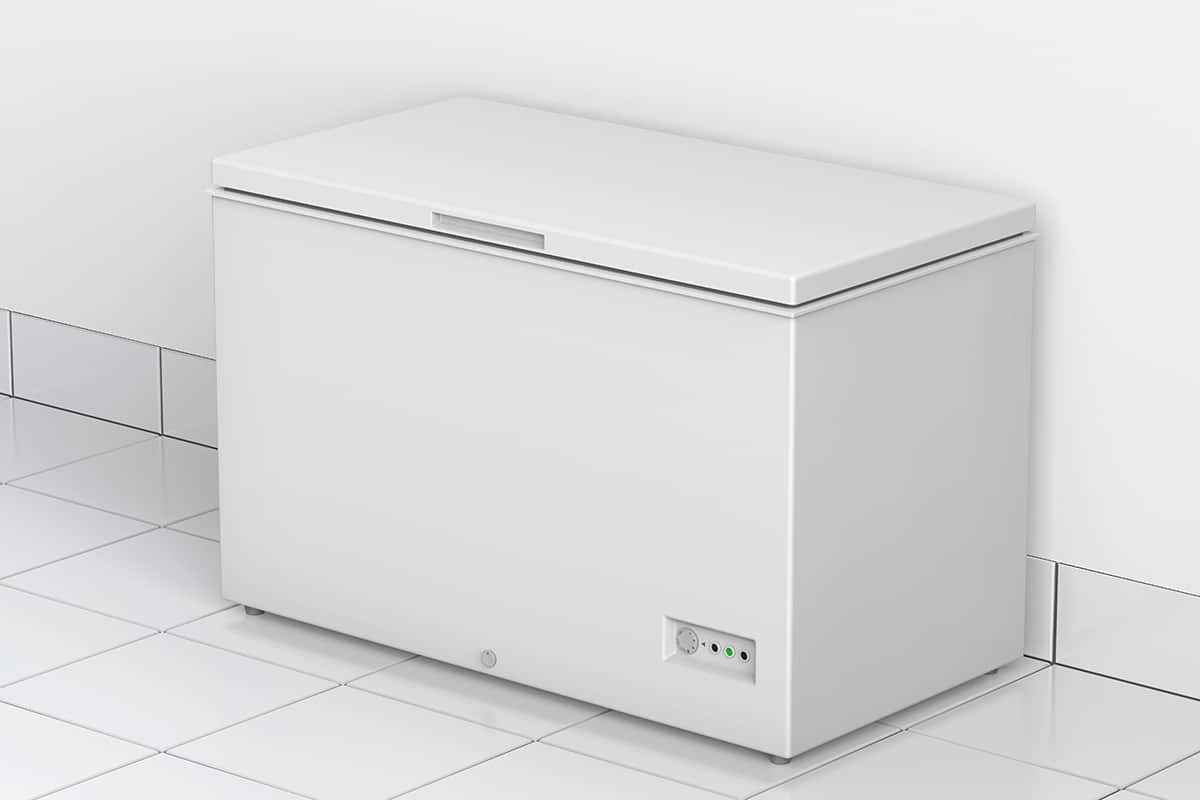
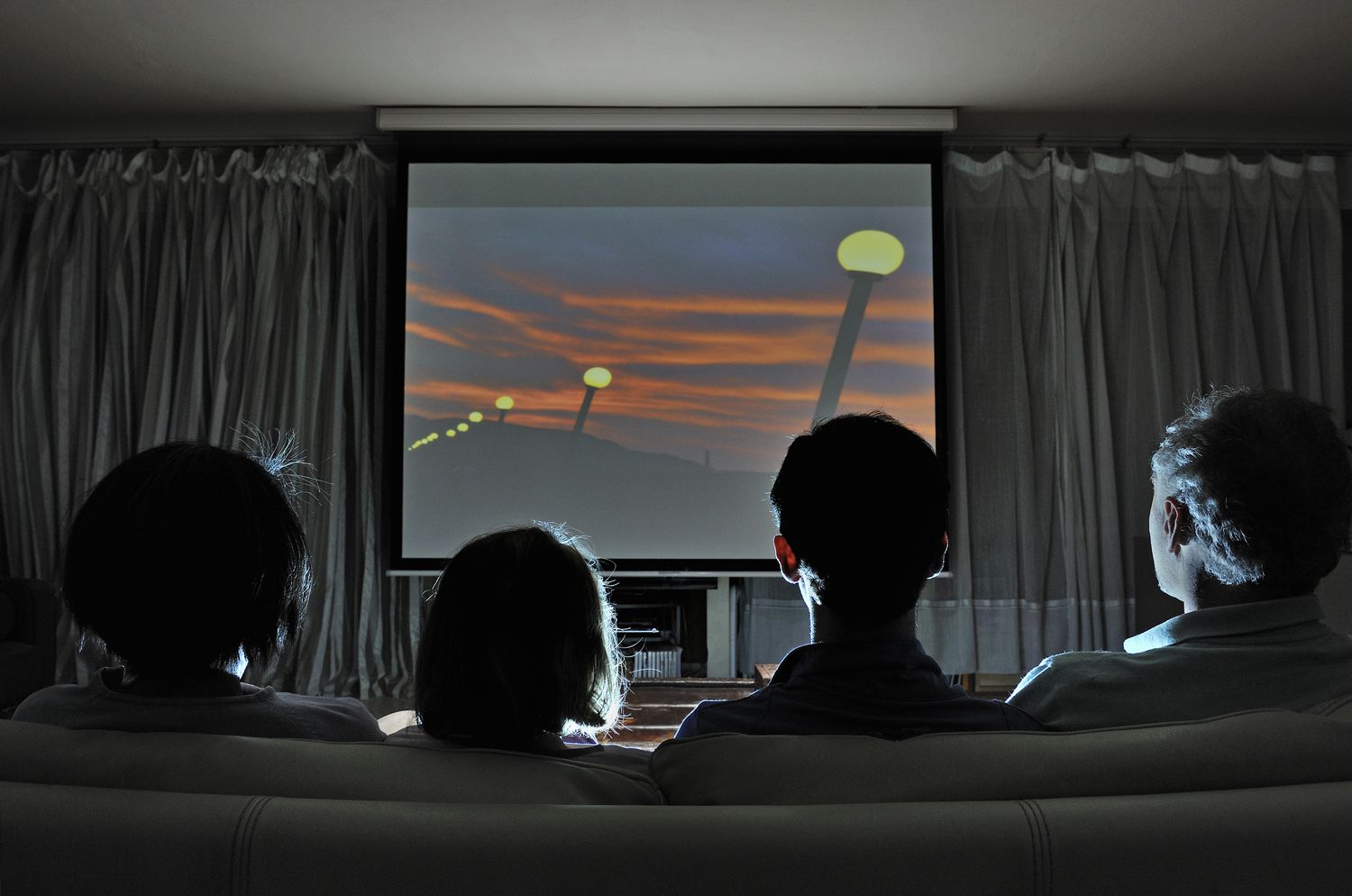

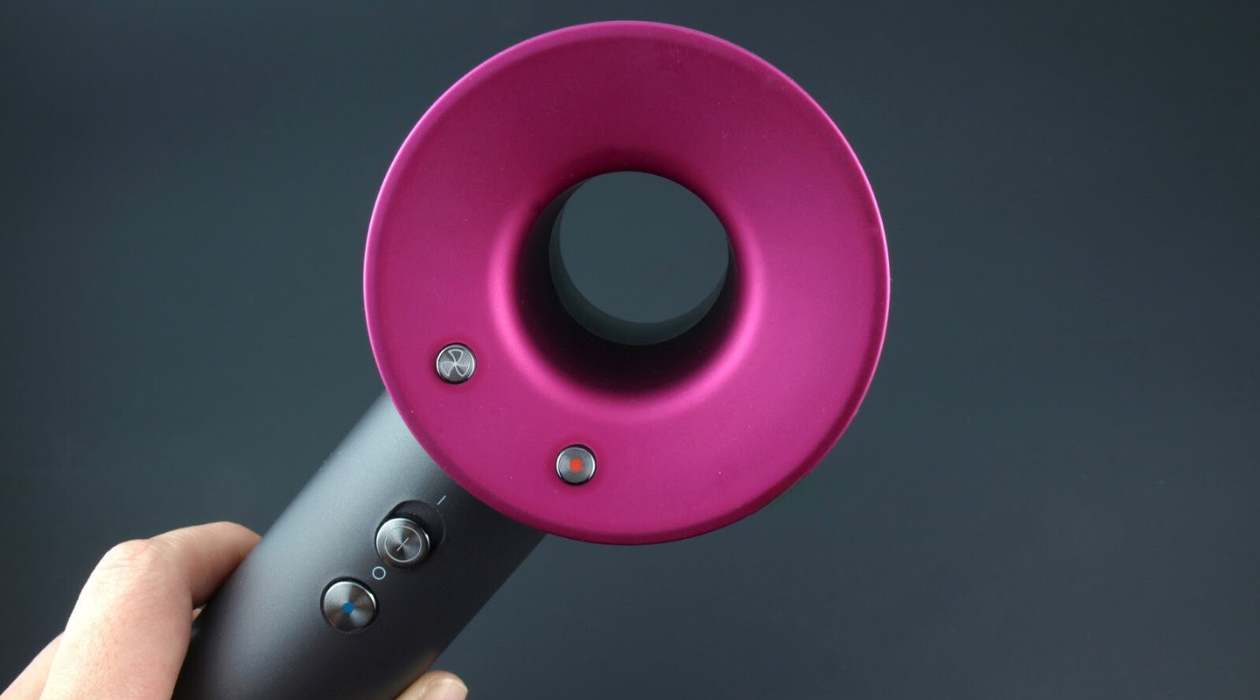
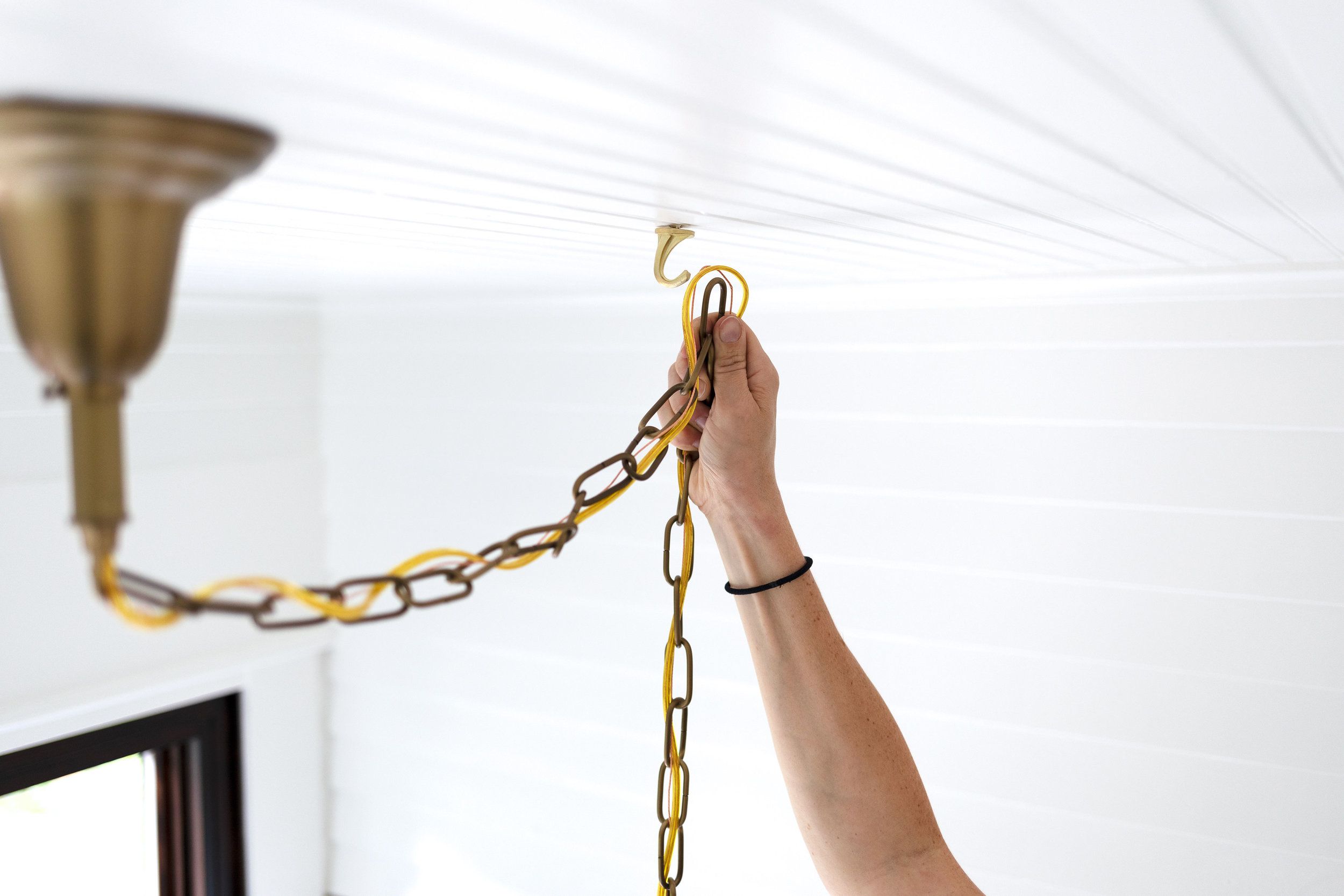


0 thoughts on “How Many Watts For A Ceiling Light”